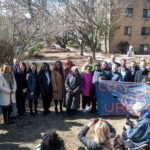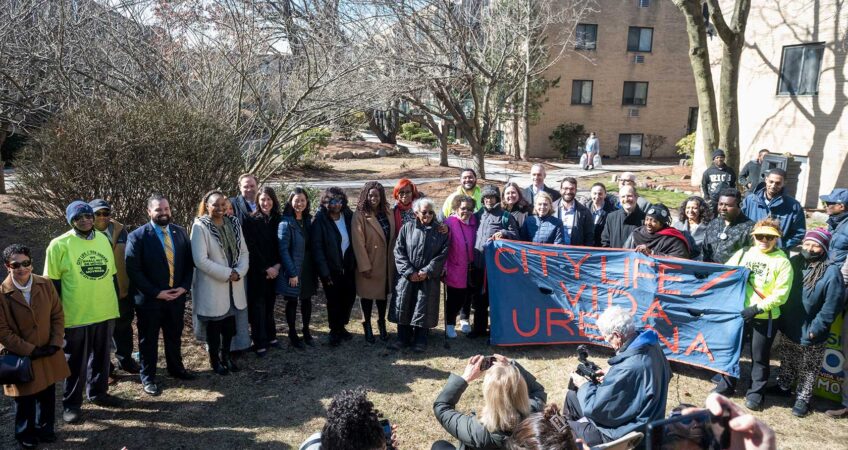
With nearly 60,000 new residents in Boston since the 2010 census, and many of them clustered in downtown neighborhoods, Boston’s population center has shifted north.
Beyond the cranes and new high-rise luxury condo buildings redefining the city’s skyline, the increase and shift in the city’s population could have implications for Boston’s nine City Council districts. Councilors have met three times in the last few weeks to discuss possible changes to district lines to compensate for the changes in population.
During the meetings, councilors and members of the public grappled with the city’s demographic changes and discussed the importance of ensuring broad representation on the 13-member body, which includes four citywide at-large councilors along with the nine who represent specific districts.
“The goal of redistricting is to reflect population changes as recorded by the census and to ensure racial diversity in the ways in which our city is represented,” said Councilor Ricardo Arroyo, who represents the Hyde Park-based District 5 and chairs the Redistricting Committee.
Uneven district populations
The greatest change will likely occur in District 2, represented by Ed Flynn. In recent years, the district has seen new housing units built in the Seaport District and throughout South Boston, the South End and Chinatown.
With 684,000 residents in the city, each of the nine council districts should have approximately 76,000 people. Currently, District 2 has more than 13,000 over that number.
Meanwhile, the adjacent Dorchester-based District 3, represented by Frank Baker, saw slower growth in population than that of the city average and is more than 7,000 under the 76,000 average.
These two districts represent the greatest surplus and deficit in the city, an imbalance that will likely result in Flynn losing precincts in the south of his district, including areas around Andrew Square, along Columbia Road and the Old Colony public housing development.
During an April 7 hearing, Flynn noted that his district has the largest Asian American community in Boston (in and around Chinatown) and the largest number of residents in public housing.
“I want to keep representing my constituents as best I can,” he said. “But this is about the constituents and their opportunity to speak.”
Asian representation
Lydia Lowe, a board member of Chinese Progressive Political Action, a voter education and political organizing group, echoed the theme of diverse political representation.
“We think it’s important that when we look at redrawing the districts and improving opportunities for political representation and influence by historically underrepresented communities, that that includes Asian Americans,” she said. “Despite the fact that we do have an Asian American mayor, in many ways, she’s the exception.”
Mayor Michelle Wu, a former at-large councilor, is only the second Asian American in the history of the city to hold any elected office.
Lowe said it’s critical for Chinese Americans that the precincts in Chinatown not be split between districts.
“We ask that we keep together the core concentrations of the Asian American and immigrant populations in the district,” she said.
Breaking up precincts
Arroyo noted that the Redistricting Committee cannot begin making changes in earnest until the city completes its precinct redrawing process. While state law mandates that cities and towns re-draw precincts every 10 years, Boston is exempt from that law. Precincts in the city have not been redrawn in more than 100 years.
The result is that precincts that have seen increases in populations far exceed the city average of 1,600 people. For example, Ward 6, precinct 1 in the Seaport District, has more than 7,000 people. In Chinatown, Ward 3, precinct 8, which has seen a similar increase in construction of luxury condominiums and apartments, also has more than 7,000 people.
One key disadvantage of super-packed precincts is that voters are forced to wait in long lines, as each precinct is assigned only one polling location. Another disadvantage is that the super-packed precincts make redistricting more difficult. Achieving population balance between districts is far easier when the basic unit is 1,600 people.
Because the city’s Election Department is in the midst of re-precincting, Arroyo said, the committee won’t release proposed district changes until the summer.
“We’re beginning the process now,” he said. “The map-drawing process won’t begin in earnest until after the city budget.”







